Ships, oil tankers, barges, oil and gas installations, pipelines, and commercial dumping account for the greatest number of oil spills. According to a Bloomberg report, oil enough to fill 692 Olympic-size swimming pools has been emptied into U.S. waters alone. The Deepwater Horizon incident resulted in crude spill almost 20 times as much as the Valdez. In 1989, the Exxon Valdez accounted for 78 percent of the oil spilled.
Where oil goes, spills follow
Unless contained and treated, oil spills can cause irreparable damage to the environment and a great loss of marine life as well. Although the Exxon Valdez tanker that ran into a reef near Alaska’s Prince William Sound took place in March 1989 there are still pockets of oil that linger at the site even 25 years after the multi-billion-dollar cleanup operation. The incident may have prompted tighter international and U.S. regulations and the construction of sturdier ships that has improved the safety record of oil tankers. However, the 2010 BP spill only proves that where oil goes, spills follow. Before the well was capped, the Deepwater Horizon drilling rig spewed 207m gallons of crude into the Gulf of Mexico. Hurricane Katrina also caused damaged to oil infrastructure across the Gulf of Mexico. The 2005 hurricane disaster resulted in more than 7.6m gallons of oil being poured out of damaged facilities.
Oil spills – the major contributors
There are various types of oil that get spilled. Statistics indicate gasoline to contribute around 8 percent, non-petroleum oils 12 percent, heavy fuel and bunker fuel oils around 17 percent. Crude however remains the major contributor accounting for as much as 46 percent. Not surprisingly, one third of major spills occur in or around the Gulf of Mexico, due to its massive oil infrastructure. For the most part, spills are clustered at major oil ports where refineries, storage facilities, tankers and pipelines are linked.
Methods of cleanup
Preparedness is key when it comes to reacting to oil spills. While companies in the industry play a vital role in the prevention and cleaning up of oil spills, the type of equipment used is also critical, depending on the type of spill, its location and environmental factors. There are several methods used to clean up oil slicks. This includes mechanical methods to contain and recover the oil and the use of chemicals to disperse the oil or clean it. Most often a combination of these methods is used to help clean spills quickly before it affects the shoreline.
Booms – essential equipment in cleanup operations
Some of the mechanical methods include the use of skimmers, booms and sorbents to pool the oil and prevent it from spreading over a larger area. Chemicals such as dispersants help break oil up rapidly so that the slick is prevented from getting thicker and spreading. Booms are used to contain oil after a spill, where it becomes thicker within a smaller area and easier to clean. They also help divert oil into a collection device. Booms consist of a freeboard that prevents waves from splashing oil over the boom, a flotation device for buoyancy and a skirt below the water to stop any leakage.


